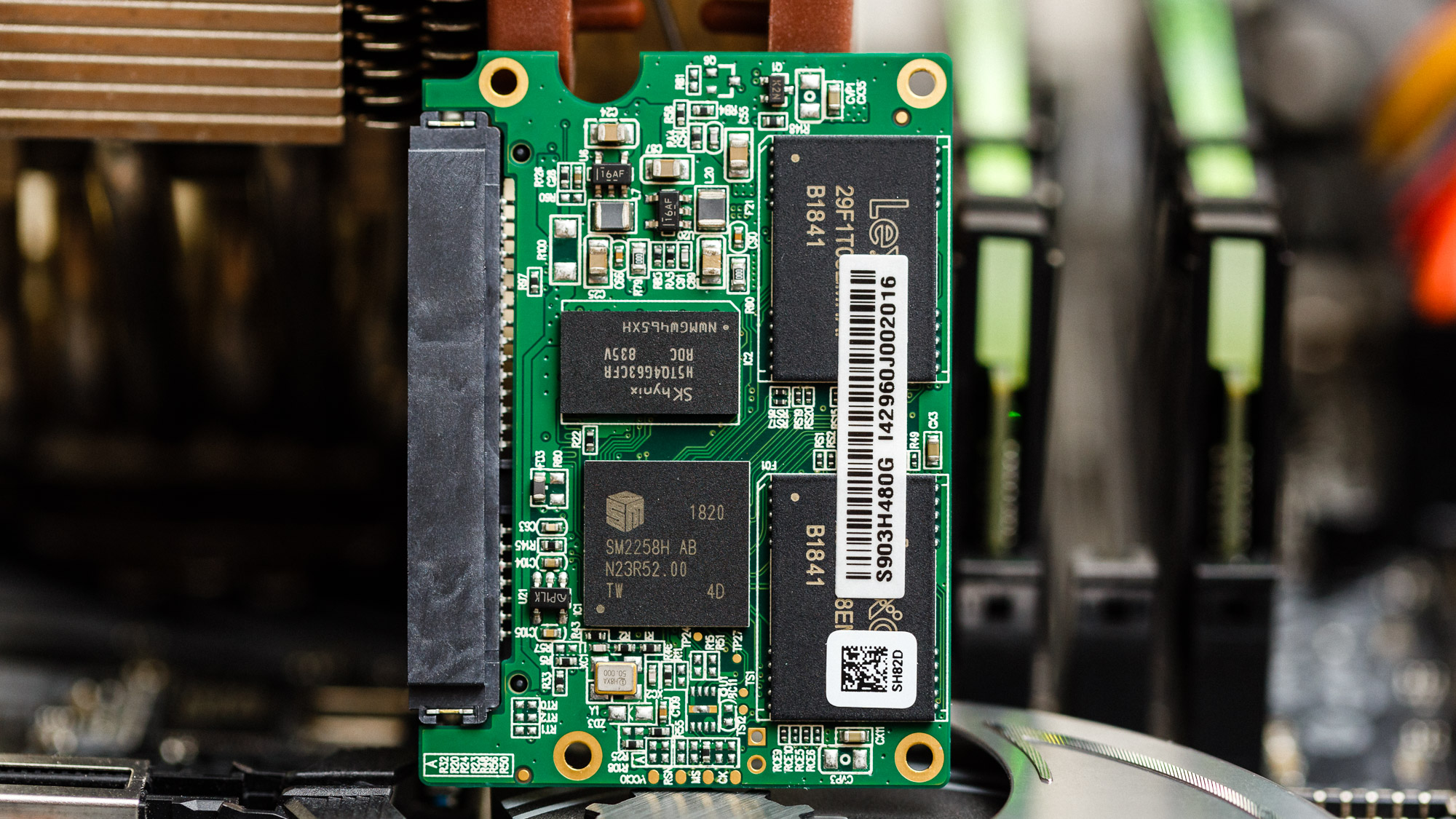Lexar NS200 SATA SSD Review: Plain Jane SATA
Why you can trust Tom's Hardware
Conclusion
Lexar’s NS200 is a decent SSD for those looking to upgrade from a hard drive or a smaller capacity SATA SSD. It speeds up your boot and application load times as well as will hold you over while fragging noobs in your favorite games. But it lacks in overall value.
Performance is nearly on par with most mainstream competitors and it even outperformed our comparison pool during game loads and file transfers. It lags slightly in random read performance though. Fortunately, in day-to-day use cases, this difference goes almost unnoticed. And, sequential performance is good enough to keep up with those who work with various 10—50GB files and then some. Although, competitors do offer slightly better-sustained speeds once their pSLC caches fill.
Unfortunately, it doesn’t come with any cloning software and, at the time of writing, the U.S. government prohibits U.S. customers from downloading their SSD toolbox, Lexar Dash. As an entry-level device, it also lacks a 5-year warranty that most mainstream competitors feature. But it does boast some very good endurance figures that outclass even the Crucial MX500 and WD Blue 3D.
Pricing is in line with most SATA SSDs these days, but we recommend waiting for it to go on sale. At almost $0.13 per GB, the 960GB model is one of the best values, but the 480GB model we tested for this review still provides pretty good bang for your buck. We would recommend the Crucial MX500 over it, however, for a number of reasons.
The MX500 offers slightly better application performance, sustained write performance, including supporting software that you can use in the US. It supports hardware encryption, and has a longer warranty for essentially the same price. The MX500 also comes in a fully metal enclosure rather than cheaper plastic.
Then there is the fact that Intel’s 660p continues to dominate in price. With prices that are lower than the NS200 at the 500GB and 1TB capacity and performance that is multiples higher than what SATA can offer, it is one of the best options out if you are looking for a cheap SSD for your next build and aren’t tied to the 2.5” form factor or SATA interface. Plus, with the 660p’s M.2 form factor, there’s no mess of power and SATA cables to deal with.
Image Credits: Tom's Hardware
Get Tom's Hardware's best news and in-depth reviews, straight to your inbox.
MORE: Best SSDs
MORE: How We Test HDDs And SSDs
MORE: All SSD Content

Sean is a Contributing Editor at Tom’s Hardware US, covering storage hardware.
